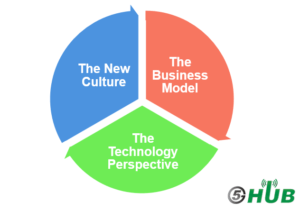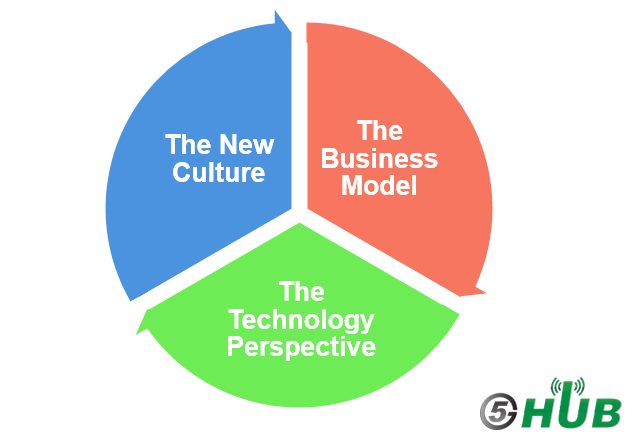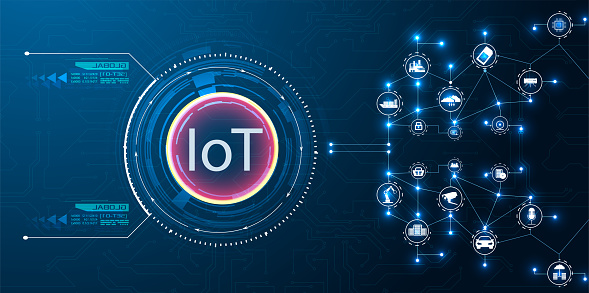Introduction
5G enables everything, like manufacturing, automotive, energy and utilities, public safety, healthcare, media and entertainment, public transport, financial services, retail, and agriculture.
Each of these technologies needs a fast, reliable network connection to work—something only 5G networks can provide. With speeds up to 1000 times faster than 4G, latency under a millisecond and 1000 times greater capacity, 5G will support huge numbers of devices connecting to the network simultaneously. All while delivering the fast, reliable connections needed for innovative use cases.
By 2025, worldwide revenues from 5G services are expected to top nearly $250 billion annually, according to forecasts from ABI research.
5G Monetization Challenges
Regarding 5G Monetization perspective, operators have three specific challenges:
- The Business Model
The lack of clarity of business model as we still don’t know the killer app for 5G because it’s based on providing new services to the enterprise market or industrial market and there’s a lot of confusion around what the killer app would be there.
Also usually operators know when they actually want to deploy a new monetization system, they go to the market with a specific requirement for what the use cases and therefore what are the associated systems necessary to bring that to deployed successfully.
- The Technology Perspective
5G actually requires modern software methodologies and most operators need to have a cloud-native micro service based frameworks and many of them at least from monetization perspective are planning to deploy Greenfield stacks.
The concern here is the technical know-how is still a problem because operators need the right set of people with the right set of capabilities and it’s not easy to hire people with a very high salary cost.
- The New Culture
The adoption of a modern technology framework requires operators to embrace a new process, new way of delivery models and so on.
Now we can talk about DevOps, micro services-based architecture that actually has high-velocity continuous integration.
And that will be considered a huge pain point to shift the organization structure.

5G Monetization Challenges
How can Operators realize the full potential of 5G?
First, they need a clear understanding of what 5G means for their customers.
Smart cars, for example – always on the move – need the kind of complex interconnectivity that updates automatically every fraction of a second in order to keep our roads safe. Smart street lighting systems, on the other hand, might require a relatively less complex – though equally reliable – kind of connectivity. So the telco that understands the needs of their partners in specific industry verticals will be well-placed to increase revenues by offering the right kind of service.
Secondly, Operators looking to monetize 5G have to investigate the options around network slicing. Basically, increased bandwidth and higher speeds give telcos a bigger network – and the bigger the network, the more slices it will yield.
Network slicing will change the way billing and cooperation work for operators in this new 5G telecom reality, which in itself represents an opportunity for monetization. There must be a clear differentiation between the basic service provided and the value-added elements that can prove profitable in terms of increased revenue streams.
Finally, in combination with the right monetization models and customer-relevant use cases, telecom operators will need a number of commercial, operational, and technical capabilities like commercial innovation to ensure they generate an appropriate return on their 5G investments.
5G Business Model and Use Cases
For operators, they are looking for the ideal partner to get some cross-industry experience that will go beyond the traditional telecom market.
So they need a new experience in doing business with the vertical industry outside of telco. They also need an agile partner management platform and move to Business to Business (B2B) use cases that completely another level of multi-dimensional and multi-step value chains.

Source: 3GPP
As 5G can support the familiar 3 use cases, operators should monetize them as below:
- Extreme mobile broadband and fixed wireless access
Example use case: Consumer and business “VR/AR to anywhere” via 5G mobile where the fast connectivity and high capacity and will allow customers to access content and communicate in real-time using VR and AR.
Here the operator has the right marketing reach and brand perception to include VR/AR wearables as part of its portfolio to promote and bundle the VR/AR offerings with smartphones and tablets.
- Critical real-time communication
Example use case: Smart manufacturing, a joint proposition between a machinery manufacturer and telecom operator enables owners of manufacturing facilities to use 5G to connect sensors, machinery, and robotics via the IoT and this will enable greater automation, together with remote control and monitoring of processes and product quality.
- Massive Machine-Type Communication
Example use case: Predictive maintenance on a remote oil and gas pipeline.
Drones equipped with cameras and 5G connectivity constantly scan the pipeline for leaks, damage, or attacks, and transmit the data collected to the company’s central control system and the drone data is supplemented by 5G-connected sensors on the pipeline, continuously sending real-time condition data on topics such as stress, temperature, and pressure.
The strength of industry-specialist field service providers’ brands in the oil and gas maintenance market means the business model matrix points to the solution enabler role for the telecom company.
Conclusion
5G has a truly troublemaking potential for virtually every industry—from media and entertainment to transportation to telemedicine. As the operator, network operators can acquire diverse new revenue if they recognize business opportunities and develop practical use cases.
References
- Ericsson, 5G Monetization white paper
- Nokia, 5G Use cases
- www.comarch.com
- www.Strategyand.com













